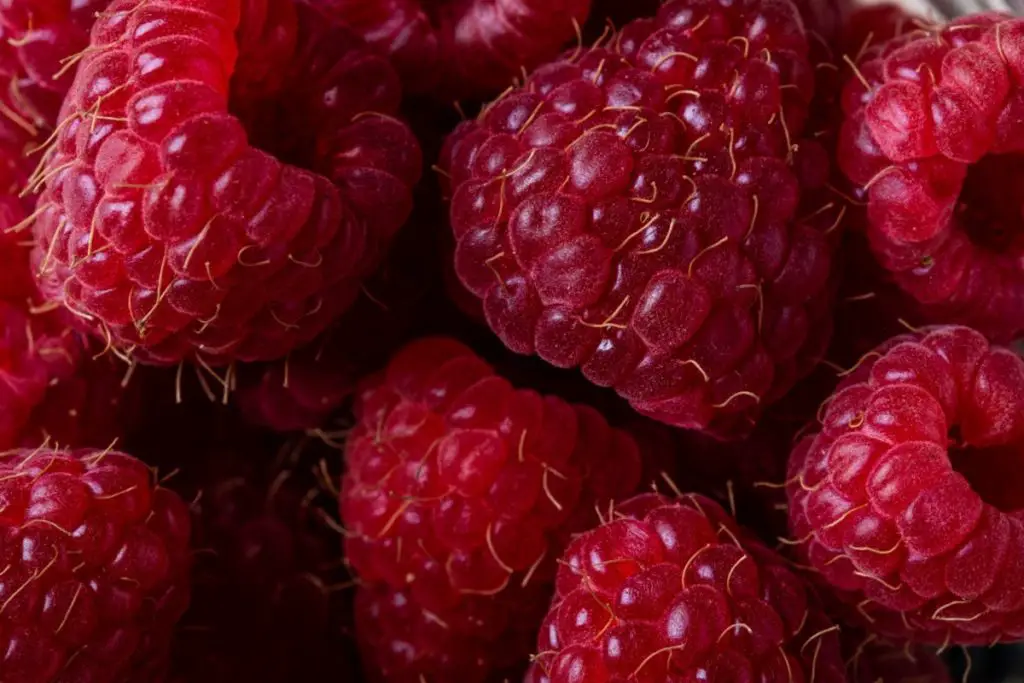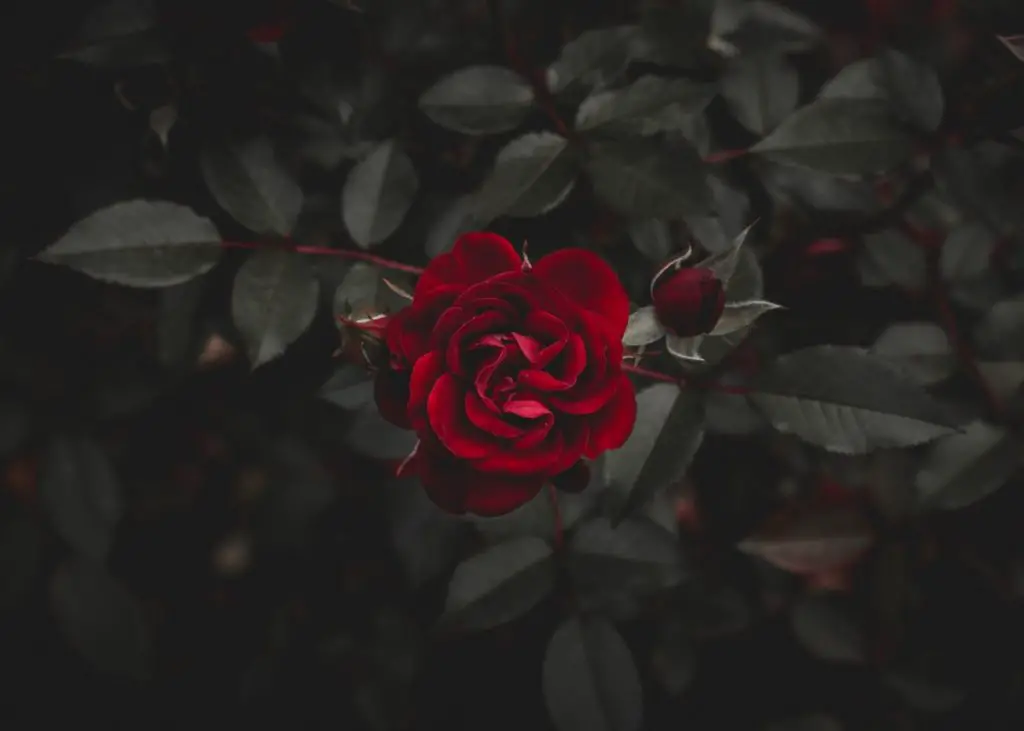
Breathing in space is a finicky thing. The attempt to take a breath without a spacesuit on will only result in the unfortunate rupture of your lungs as the vacuum of space pulls air away from your body. With that said, our inability to get a whiff of whatever is out there does not mean space is without its distinct smell.
The center of the Milky Way Galaxy, as astronomers have discovered, contains chemicals that produce the dominant flavor in raspberries and rum.
But is that really all there is to it?
The Center of Our Galaxy Smells Like Raspberries and Rum
The Max Planck Institute for Radio Astronomy, located in Bonn, Germany, is one of the 80 independent research institutes of the Max Planck Society. Established in 1948, the Max Planck Society has since produced no fewer than 20 scientists to receive the Nobel Prize, putting it on par with the most prestigious research institutions worldwide. It is astronomers from such a renowned organization that discovered the chemical Ethyl Formate within the dust cloud Sagittarius B2 through the IRAM 30 Meter Radio Telescope.
The chemical Ethyl Formate is an ester with the characteristic smell of rum that is also responsible for the dominant flavor in raspberries. Interestingly, it also occurs naturally in the body of ants and the stinger of bees.
Sagittarius B2 (Sgr B2) is a dust cloud located 390 light-years from the center of the Milky Way Galaxy. Spanning 150 light-years across, it has a mass 3 million times of the Sun with a density of 3000 atoms/cm3, which is 20-40 times denser than a typical molecular cloud.
Currently, Sagittarius B2 is one of the best sources to search for new molecules in the interstellar medium. Known as the “Large Molecular Heimat” (Heimat is a German word translating to “home”), Sgr B2 is extraordinary for its rich molecular content and complex organic molecules. The discovery of acetic acid (the primary flavor component of vinegar) or glycolaldehyde (a simple sugar that’s one of the key ingredients for the formation of RNA) is only a few to boot.
Ethyl Formate was discovered by Belloche et al. (2009, p. 228), who observed two hot regions of Sagittarius B2 (N & M) with the IRAM 30m Radio Telescope in Spain, which is one of the largest and most sensitive radio telescopes for astronomical observations in the millimeter range of wavelengths. This telescope also incorporates large surfaces and wide-angled cameras for exploring large cosmic objects such as interstellar clouds and galaxies.
The study’s goal was to perform a complete spectral survey of the hot regions to characterize their content in hopes of discovering traces of amino acids. Such findings would hold major implications for the origins of life, suggesting that biological molecules may have arrived from space instead of forming on Earth.
However, no amino acids were found in both the N or M regions of Sagittarius B2, but the study was not without its merits. After analyzing the spectral survey, no fewer than 49 different molecules were identified, with the first detection of Ethyl Formate in space been discovered in Sgr B2 (N).
In case it was ever part of your plans to visit Sagittarius B2 (N) to get a hold of some space raspberries, the lead investigator of the study Arnaud Belloche told the Guardian:
Ethyl Formate does happen to give raspberries their flavor, but there are many other molecules that are needed to make space raspberries.
It might also be a good idea to reconsider as, within the same cloud, Dr. Belloche and his team have found evidence of the lethal chemical propyl cyanide.
The Other Smells of Our Universe
Aside from the intriguing smell of raspberries and rum, more than 150 molecules have been discovered in the interstellar medium over the past four decades.

Space Rose
In 1998, the crew of the space shuttle Discovery brought a rose into orbit. The astronaut John Glenn then captured the unique aroma of this rose blooming in zero gravity with a gas chromatograph. Perfumers back on Earth used this data to identify molecules within the smell to recreate an ultra rosy scent for the brand Shiseido.
Titan
The spectrometer data from the Cassini Spacecraft orbiting Saturn was used by NASA to determine the mixture of compounds that might be found on one of Saturn’s 82 moons – Titan. It was discovered to be a combination of hydrocarbons and nitriles with aromatic compounds that smell like gasoline.
The Moon
After returning from the moon, the Apollo astronauts described the smell on their spacesuits to resemble one of gunpowder. Artist Hagen Betzwieser and Sue Corke worked with the flavorist Steven Pearce to create a scratch and sniff version of this smell back in 2010.
Venus, Mars and Jupiter
Starting with a trip to Venus, where the clouds are made of sulfuric acid, we would be met with the pungent smell of rotten eggs and acid strong enough to damage even ruggedized titanium spacecrafts.
After making way to Mars, we would encounter a metallic smell as the sand is mixed with iron oxide (rust).
Moving onto the gas giants, the upper atmosphere of Jupiter remains odorless as it’s made up of helium and hydrogen. As we dive deeper, parts of Jupiter’s atmosphere start to contain ammonia, which gives off the terrible odor of a neglected public toilet.
Arrakoth
Arrakoth is a small asteroid with a diameter of 18 km across part of the Kuiper belt on the solar system’s edge. This chunk of space rock is 46 times further away from the Sun than the Earth, which means all the gases surrounding the asteroid are frozen! If we managed to retrieve its icy remains and melted it into its liquid state, we would smell hints of methanol (alcohol) and hydrogen cyanide (scent resembling almonds).
Nebulae
In the grand scheme of things, the universe is odorless as 99.9% of it is made up of hydrogen and helium. If we happen to come across the rare spectacle of a nebula, all we would smell are rotten eggs, as most contain ionized forms of sulfur.
How do astronomers know the smell of space?
To know the smell of space, astronomers utilize a technique called spectroscopy to measure the spectrum of electromagnetic radiation emitted by the stellar objects. These stellar spectrums help astronomers determine the composition, temperature, density and motion of the intended target.
By analyzing light from stars and other objects in space, astronomers are able to produce absorption/emission lines, which act similar to footprints that can correspond to different chemical compounds.
The emission lines produced from the light of nebulae, stars, planets, etc., are compared to samples of light reflected or transmitted through different chemicals on Earth. Similarities in the spectrum will help astronomers identify the composition of their intended stellar objects, which will give them an idea of what these bodies located light-years away might smell like.
References
- Belloche, A., Garrod, R. T., Müller, H. S. P., Menten, K. M., Comito, C., & Schilke, P. (2009). Increased complexity in interstellar chemistry: detection and chemical modeling of ethyl formate andn-propyl cyanide in Sagittarius B2(N). Astronomy & Astrophysics, 499(1), 215–232. https://doi.org/10.1051/0004-6361/200811550
- Sample, I. (2018, February 14). Galaxy’s centre tastes of raspberries and smells of rum, say astronomers. The Guardian. https://www.theguardian.com/science/2009/apr/21/space-raspberries-amino-acids-astrobiology
- Agapakis, C., & Agapakis, C. (2014, July 14). Four Great Scents from Outer Space. Scientific American Blog Network. https://blogs.scientificamerican.com/oscillator/four-great-scents-from-outer-space/
- L. (2020, August 16). The scent of a Universe. Technology Org. https://www.technology.org/2020/08/15/the-scent-of-a-universe/#:%7E:text=The%20Universe%20is%20mostly%20odourless,space%20smells%20like%20rotten%20eggs.
- Luntz, S. (2019, March 11). The Center Of Our Galaxy Smells Like Raspberries And Tastes Like Rum. IFLScience. https://www.iflscience.com/space/center-our-galaxy-smells-raspberries-and-tastes-rum/
- curious. (2018b, January 22). The smells of space: horse pee and raspberries. Australian Academy of Science. https://www.science.org.au/curious/space-time/smells-space-horse-pee-and-raspberries
- Short portrait of the Max Planck Society. (n.d.). Max-Planck-Gesellschaft. https://www.mpg.de/short-portrait
- Wikipedia contributors. (2021a, February 11). Sagittarius B2. Wikipedia. https://en.wikipedia.org/wiki/Sagittarius_B2
